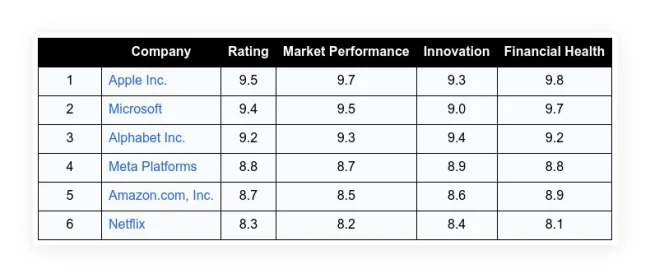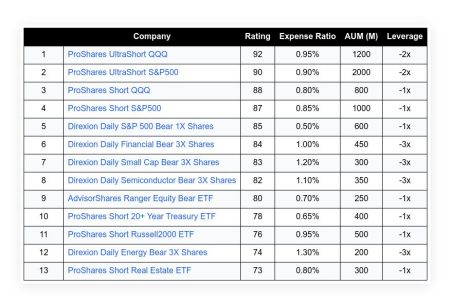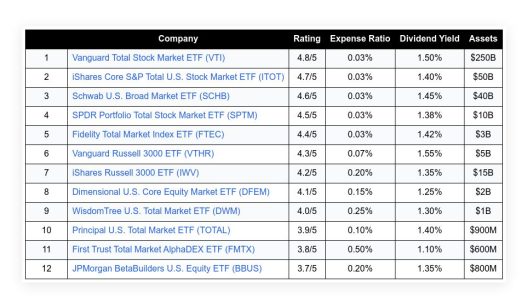I recently shared insights on how Social Security payments are calculated, aiming to help readers grasp the process and better plan for retirement. In this piece, I detail the four-step process used to compute your monthly benefit, clarify the importance of timing, and break down the calculation into easy steps.
Table of Contents
ToggleBreaking Down the Calculation
Social Security benefits play an important role as a source of income for retirees. It is vital to understand the details behind the calculation so you can be prepared when planning your future. As a Certified Financial Planner and a CFP, I have seen many clients ask about the formula used by the government. The calculation is structured in four distinct steps.
View this post on Instagram
Step One: Highest Earning Years and Inflation Adjustment
The first step involves identifying your 35 highest-earning years. Your earnings history is adjusted for inflation. This adjustment ensures that past earnings are comparable to today’s dollars. This method provides a fair basis for calculating benefits, taking into account the changing value of money over time.
The idea is straightforward but very effective. By focusing on the highest 35 years, the system helps smooth out fluctuations due to early career earnings or gaps in employment. This adjustment makes the benefit calculation more accurate and ensures that you receive a retirement benefit reflective of your overdue earnings record.
Step Two: Determining Average Indexed Monthly Earnings
The next phase is computed by dividing the total adjusted earnings by 420 months, which is equal to 35 years. The result is known as the average indexed monthly earnings. Breaking down your earnings into a monthly average can simplify the calculation process and creates a standardized figure. This average is the foundation for the benefit calculation that follows.
In other words, by averaging your earnings over a span of 420 months, the Social Security Administration can arrive at a reliable figure, which is then used to determine the size of your monthly benefit. The benefit, in turn, is based on this monthly average.
Step Three: Applying the BendPoints Formula
Once the average indexed monthly earnings have been determined, the next step involves applying a formula that features what are known as “BendPoints.” This phase is sometimes considered the secret behind the calculation. BendPoints set the percentage of your average amount that is paid out at different earnings levels.
The breakdown works as follows:
- The first $1,200 of your average monthly earnings is paid at a rate of 90%.
- Any earnings between $1,200 and $7,000 are paid at a rate of 32%.
- Earnings beyond $7,000 are paid at a rate of 15%.
This step defines your primary insurance amount (PIA). The PIA is essentially the base amount you will eventually receive each month upon reaching full retirement age. The use of BendPoints ensures that lower-income earners receive a higher percentage of their earnings, while higher-income earners receive a lower percentage. This structure is designed to provide a measure of income replacement that is fair for workers in different income brackets.
The method of applying BendPoints creates an equitable foundation for determining monthly Social Security benefits,” I explained during my discussion.
Step Four: Adjusting for Age
The final step revolves around adjusting the calculated PIA based on the age at which you decide to begin receiving benefits. The standard full retirement age is currently 67. If you choose to start collecting benefits at this age, you receive 100% of your PIA.
However, you have the option to receive benefits as early as age 62. If you choose this option, your monthly benefit will be reduced by roughly 30%. This reduction compensates for the increased number of months during which you will likely receive benefits. On the other hand, if you delay taking benefits until you reach 70, your payment increases by about 8% over your full PIA.
This flexibility allows you to tailor your benefit collection to suit your retirement plan and financial situation. The decision of when to start benefits should be made carefully after considering your personal health, financial needs, and anticipated longevity.
Practical Implications and Timing
Understanding this calculation is essential, especially when planning for retirement. Many ask, “When is the ideal time to start taking Social Security?” The answer depends on each individual’s situation. I have encountered different opinions and perspectives while assisting clients. The decision must weigh personal financial needs against long-term retirement goals.
Consider these points when making your decision:
- If you decide to take benefits early, at age 62, be prepared for a lower monthly payment. This might be suitable if you have other sources of income or health concerns.
- Choosing to wait until your full retirement age ensures that you receive the planned benefit; this option might be beneficial if you can afford to delay without impacting daily living standards.
- Delaying benefits until age 70 increases your monthly benefit by approximately 8% over your full PIA, which can be a wise choice if you expect to live a longer retirement.
These options should be evaluated carefully with a trusted financial advisor. While the formula for calculating your benefits is fixed, strategic decisions on when to apply can have a long-lasting impact on your retirement income.
Personal Reflections on Social Security
As someone who has helped individuals prepare for retirement for many years, I find it very important for people to have a clear understanding of these calculations. Social Security is a cornerstone for many retirees. Knowing how your benefit is computed can empower you to make informed decisions. This knowledge allows you to plan your savings in a way that complements the Social Security income you will eventually receive.
Although the calculation itself follows a precise method, applying it to your personal circumstances requires careful consideration. The steps involved provide clarity and ensure that you receive the proper benefit amount according to your income history and your retirement plans.
Examples and Common Scenarios
Let me illustrate with an example to simplify the concepts:
Imagine a client with a mix of low and high-income years. First, the highest 35 years are selected and adjusted for inflation. This adjustment turns past earnings into today’s dollars. Next, the adjusted total is divided by 420 to identify the average monthly earnings. Then, applying the BendPoints formula results in a calculated primary insurance amount. Lastly, based on when this client intends to retire, the amount is adjusted. If retirement begins at full retirement age of 67, the client obtains the full calculated benefit. If they decide to claim at 62 or delay until 70, the monthly payment will change accordingly.
This example shows that regardless of different income histories, the idea remains the same. The system is fair. It adjusts the inputs and outputs carefully to serve a wide range of beneficiaries.
Guidance for Future Decisions
Deciding when to start taking benefits is a complex decision that is unique to every individual. It is not only about the calculated numbers. It also involves considerations about one’s long-term health, other retirement savings, or even family circumstances. My role as a Certified Financial Planner is to help you navigate these choices by providing clear explanations and guidance.
The steps outlined above show that the benefit calculation is both systematic and individualized. Taking the time to truly understand the formula can lead to more confident decisions and better financial security in retirement.
Key Insights and Advice
Reflecting on the process has highlighted several clear points:
- 35 Highest Earnings: An average derived from your best years ensures reliability in benefit calculation.
- Monthly Averaging: Using 420 months creates a steady figure on which subsequent calculations can be based.
- BendPoints: This step applies layered percentages, ensuring a balanced benefit for different income levels.
- Adjustment for Age: Flexibility in starting the benefits means you can align them with your personal retirement plan.
Each of these points plays a part in ensuring that Social Security benefits remain fair and effective. It becomes evident that understanding these steps is not just academic. It is practical knowledge that can influence one’s retirement lifestyle.
Looking Ahead
I am looking forward to continuing this discussion in upcoming sessions. There is a lot more to be said about when to start taking benefits. Future discussions will explore various scenarios, helping you decide on the best approach for your particular situation. In sharing these details, my aim is to clearly communicate the process without overwhelming you with details.
This discussion is part of a series designed to empower those planning for retirement by breaking down otherwise complex topics. With reliable information, you can make informed decisions that align with your long-term goals.
Final Thoughts
The Social Security calculation may seem like a small part of retirement planning. However, its impact is far-reaching. Understanding the process empowers you with the knowledge needed to align your retirement decisions with your financial plan. Taking the time to understand your PIA, the role of BendPoints, and the implications of claiming age is an investment in your future.
My advice is to consider every detail carefully and use the information as a guide. Retirement planning requires looking at the full picture—this means balancing Social Security benefits with other financial resources. With proper planning and clear understanding, you can ensure a stable and comfortable retirement.

















